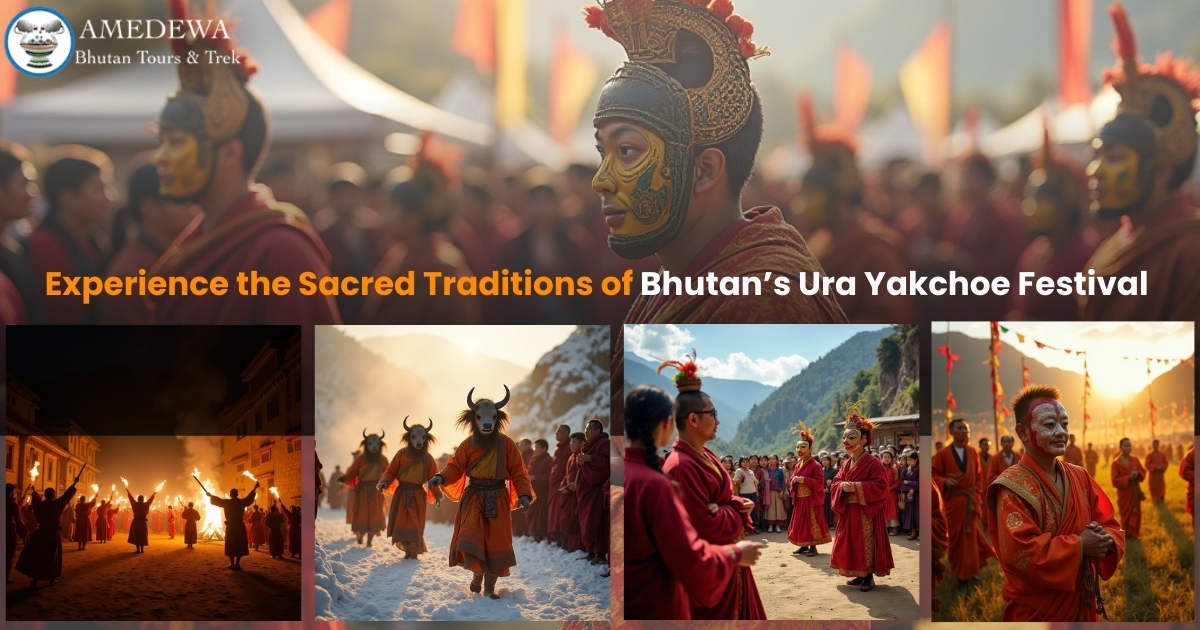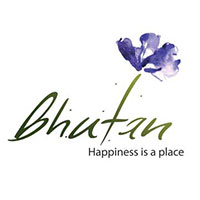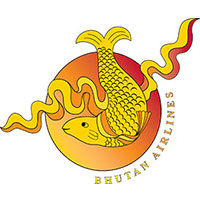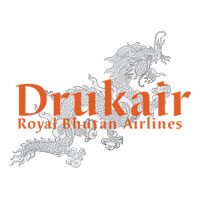Posted On: May 7, 2025 | By: adminadmin
Experience the Sacred Traditions of Bhutan’s Ura Yakchoe Festival
Nestled deep in the picturesque Bumthang Valley, the Ura Yakchoe Festival stands as one of Bhutan’s most spiritually vibrant and culturally significant events. Held annually in the quaint village of Ura, this sacred celebration draws visitors from across the globe eager to witness Bhutanese traditions, mystical legends, masked dances, and timeless rituals. For travelers seeking an authentic Bhutan experience, the Ura Yakchoe is a must-see.
In this guide, we’ll explore the rich traditions, spiritual significance, and practical travel tips for attending the Ura Yakchoe Festival in Bhutan, along with why you should book your Bhutan cultural tour through a trusted local expert like Amedewa – Bhutan Tours & Trek Agency.
What is the Ura Yakchoe Festival?
Bhutan, also known as the “Land of the Thunder Dragon,” takes great pleasure in maintaining its traditional customs and promoting spiritual peace. The Ura Yakchoe Festival is one of Bhutan’s most sacred and celebrated religious festivals (Tsechus), held in the quaint village of Ura. This annual event not only serves as a spiritual gathering for locals but also as a window into Bhutan’s rich cultural tapestry for international travelers.
At its core, the festival is a vibrant celebration dedicated to Guru Rinpoche (Padmasambhava), the revered 8th-century Buddhist saint who introduced Tantric Buddhism to Bhutan. The spiritual significance, coupled with intricate rituals, masked dances, and community participation, makes this festival a standout experience for cultural tourism in Bhutan.
The Legend Behind Ura Yakchoe
Legend and veneration envelop the origins of the Ura Yakchoe Festival. According to Bhutanese lore, Guru Rinpoche visited the region centuries ago and hid sacred relics, known as terma, in the valley to bless the land. The most significant of these relics is a sacred statue of Guru Rinpoche believed to have miraculously emerged from a wooden pillar. This statue is housed in the Ura Lhakhang (monastery) and unveiled to the public only during the festival.
Pilgrims and locals gather to receive blessings from the sacred artifact, which is adorned with intricate fabrics, jewels, and offerings. Witnessing this unveiling is considered spiritually transformative—a moment of divine connection that purifies karma and bestows blessings.
Highlights of the Ura Yakchoe Festival
Whether you’re a cultural traveler, spiritual seeker, or curious tourist, here’s what you can expect during this profound and colorful event:
1. Mask Dances (Cham Performances)
The heart of the festival lies in its mesmerizing Cham dances—masked, meditative performances enacted by monks in ornate costumes. These sacred dances depict Buddhist teachings, deities, and mythological stories. The Cham dances are not just artistic performances but are considered sacred offerings and vehicles for spiritual liberation.
Each movement is carefully choreographed and holds symbolic significance. Themes often revolve around the triumph of good over evil, death and rebirth, and the path to enlightenment, making it both a captivating and soul-stirring spectacle.
2. The Thongdrol Unveiling
A major highlight of the festival is the unveiling of the thongdrol—a gigantic embroidered thangka (scroll painting) of Guru Rinpoche. Measuring several meters in height, the Thongdrol is displayed to devotees for a few sacred hours. It is believed that merely witnessing the Thongdrol washes away sins and brings immense blessings.
3. Traditional Music and Song
The sound of traditional instruments like the Lingam (bamboo flute), Drangyen (lute), and Chiwang (fiddle) fills the air. Monks chant ceremonial prayers while local musicians perform hauntingly beautiful folk melodies, echoing through the Ura Valley.
4. Vibrant Bhutanese Attire
Locals wear their finest Gho and Kira, Bhutan’s national dress. Women adorn themselves with silver jewelry and traditional scarves, while men proudly display their family’s heritage through colors and patterns. It’s a stunning visual experience of Bhutanese culture.
5. Community Gatherings and Local Markets
The festival is also a time for villagers to socialize, enjoy local delicacies, and buy or sell goods. Handwoven textiles, handicrafts, and traditional snacks like ema datshi and zow shungo are commonly found in the makeshift market stalls during the celebration.
6. Indulge in Bhutanese Culinary Delights
No festival in Bhutan is complete without its distinct and delicious cuisine. During the Ura Yakchoe Festival, food stalls and local homes offer a taste of authentic Bhutanese dishes, made with love and age-old recipes.
- Ema Datshi: Bhutan’s national dish made of chili and cheese
- Momos: Steamed dumplings filled with meat or vegetables
- Suja: Traditional butter tea that warms you against the high-altitude chill
Red rice, spicy curries, and homemade snacks complete the culinary journey. Sharing a meal is seen as a gesture of goodwill, and festival-goers often find themselves welcomed by locals to join in the feast—an experience that makes the festival even more heartwarming.
Sacred Offerings and Symbolic Rituals
The spiritual atmosphere of the Ura Yakchoe Festival is further heightened by a variety of sacred offerings and ritual practices performed throughout the event.
➤ Butter Lamps (Changchup)
Devotees light hundreds of butter lamps, symbolizing the light of wisdom dispelling the darkness of ignorance. The glowing lamps create a serene ambiance, perfect for meditation and reflection.
➤ Incense and Floral Offerings
Fragrant incense wafts through the air, while intricately arranged flower offerings are placed at altars. These devotional deeds stand for innocence, beauty, and life’s transience.
➤ Tormas and Tsampa
Tormas—ritual cakes made from barley and butter—are offered to deities, while Tsampa, a roasted barley flour, is both consumed and presented as a spiritual offering symbolizing sustenance and health.
When and Where is the Ura Yakchoe Festival Celebrated?
- Location: Ura Lhakhang, Ura Village, Bumthang District
- Time: Usually held in April or May, depending on the lunar calendar.
Bumthang, located in central Bhutan, is known for its ancient temples, monasteries, and deeply rooted spiritual traditions. The journey to Ura adds to the experience—winding roads through alpine forests, yak herder camps, and rolling valleys rich in folklore.
How to Reach Ura Village
- By Air: The nearest airport is Bathpalathang Airport (Bumthang), with domestic flights from Paro.
- By Road: Ura is accessible via a scenic 8–9 hour drive from Thimphu or 6 hours from Trongsa.
Your best option is to travel with a Bhutan tour agency that offers well-organized transport, local guides, and accommodations in or near Ura.
Why Visit the Ura Yakchoe Festival?
Here are the top reasons travelers make the journey to experience this hidden gem of Bhutanese culture:
- Spiritual Significance: A rare chance to witness Bhutan’s living Buddhist traditions up close.
- Real Local Experience: Ura has a true sense of community since it hasn’t been overrun by tourists.
- Cultural Immersion: Participate in rituals, interact with villagers, and savor Bhutanese cuisine.
- Photographer’s Dream: A riot of color, emotion, and natural beauty all in one place.
How to Prepare for Your Visit?
To make the most of your trip:
- Book your Bhutan tour package in advance, as festival times are popular.
- Dress modestly and respectfully, especially in temples and monasteries.
- Learn a few words of Dzongkha (Bhutan’s national language) to enhance your cultural connection.
- Bring a camera, but be mindful—some rituals prohibit photography.
Suggested Itinerary for Ura Yakchoe Festival Tour
Day 1-2: Arrival in Paro → Visit Tiger’s Nest Monastery
Day 3: Travel to Thimphu → Explore capital landmarks
Days 4-5: Travel via Trongsa to Bumthang → Take in the local attractions
Days 6-7: Explore Ura Village and Attend the Ura Yakchoe Festival
Day 8: Optional hiking to nearby temples (Tharpaling Monastery)
Day 9: Return journey to Paro
Day 10: Departure from Bhutan
Best Time to Book Bhutan Cultural Tours
Since Bhutan limits the number of annual visitors to protect its heritage and environment, it’s wise to book your Ura Yakchoe Festival Tour months in advance—especially if traveling in April or May.
Be sure to choose a tour operator that specializes in custom Bhutan experiences, knowledgeable local guides, and government-authorized permits.
Why Choose Amedewa Bhutan Tours & Trek Agency?
When it comes to experiencing Bhutan’s sacred festivals and spiritual landscapes, you need a travel partner who understands the country’s deep-rooted culture.
Amedewa Bhutan Tours & Trek Agency is a licensed and experienced travel company based in Bhutan. Whether you’re attending the Ura Yakchoe Festival, planning a trek to the Himalayas, or simply exploring Bhutan’s spiritual circuit, Amedewa ensures a seamless and enriching experience.
What Sets Amedewa Apart?
✅ Personalized Bhutan travel packages based on your preferences
✅ Festival Tour Expertise with insider access to hidden traditions
✅ Government-Approved Tour Guides fluent in English and Dzongkha
✅ All-Inclusive Pricing with accommodations, transport, permits, and meals
✅ Authentic Cultural Experiences that go beyond the usual tourist path
Final Thoughts: Embrace Bhutan’s Spiritual Heritage at Ura Yakchoe
Bhutan is a real, breathing spiritual haven, not merely a place to visit. The Ura Yakchoe Festival is a window into the soul of Bhutanese culture, where every dance, relic, and ritual tells a story of devotion, peace, and unity. This holy event offers a transformative trip into the mystical core of Bhutan, regardless of your level of interest in culture or spirituality.
Are You Ready To Experience Ura Yakchoe’s Mystical Magic?
Book your Bhutan cultural tour today with Amedewa Bhutan Tours & Trek Agency and let your journey into Bhutan’s timeless traditions begin.





